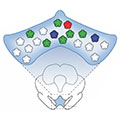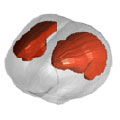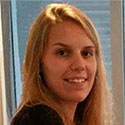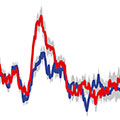Featured Paper of the Month – January 2020
Published in Neuropsychopharmacology by Baeg, Eunha; Jedema, Hank P; Bradberry, Charles W
Drug-associated cues can intrude upon thinking, making relapse more likely. A measure of how strongly cues engage cognitive resources is called attentional bias. This is reflected in slightly longer response times on trials on a stimulus response task when drug cues are present compared to non-drug cues. In both cases, the cue is an irrelevant distractor that should just be ignored. Attentional bias is clinically important, because, across individuals, it correlates with extent of current use, and risk of relapse among those attempting abstinence…










